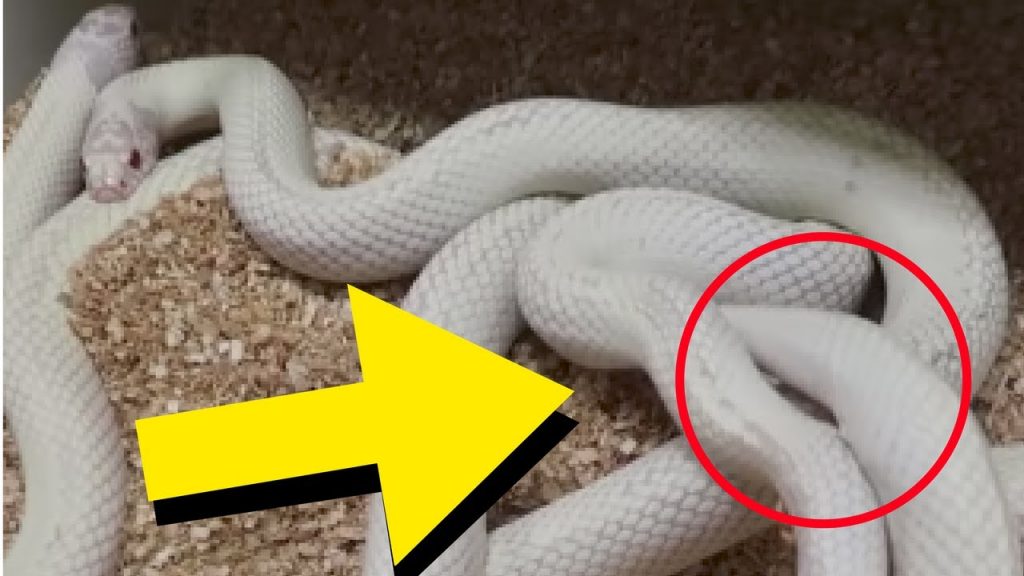Are you wondering how do snakes have babies? Snakes are strange and fascinating creatures, and the way they reproduce is no exception. In this article, we will explore the complex reproductive cycle of snakes and uncover the fascinating process of how they have babies.
Types of Snakes
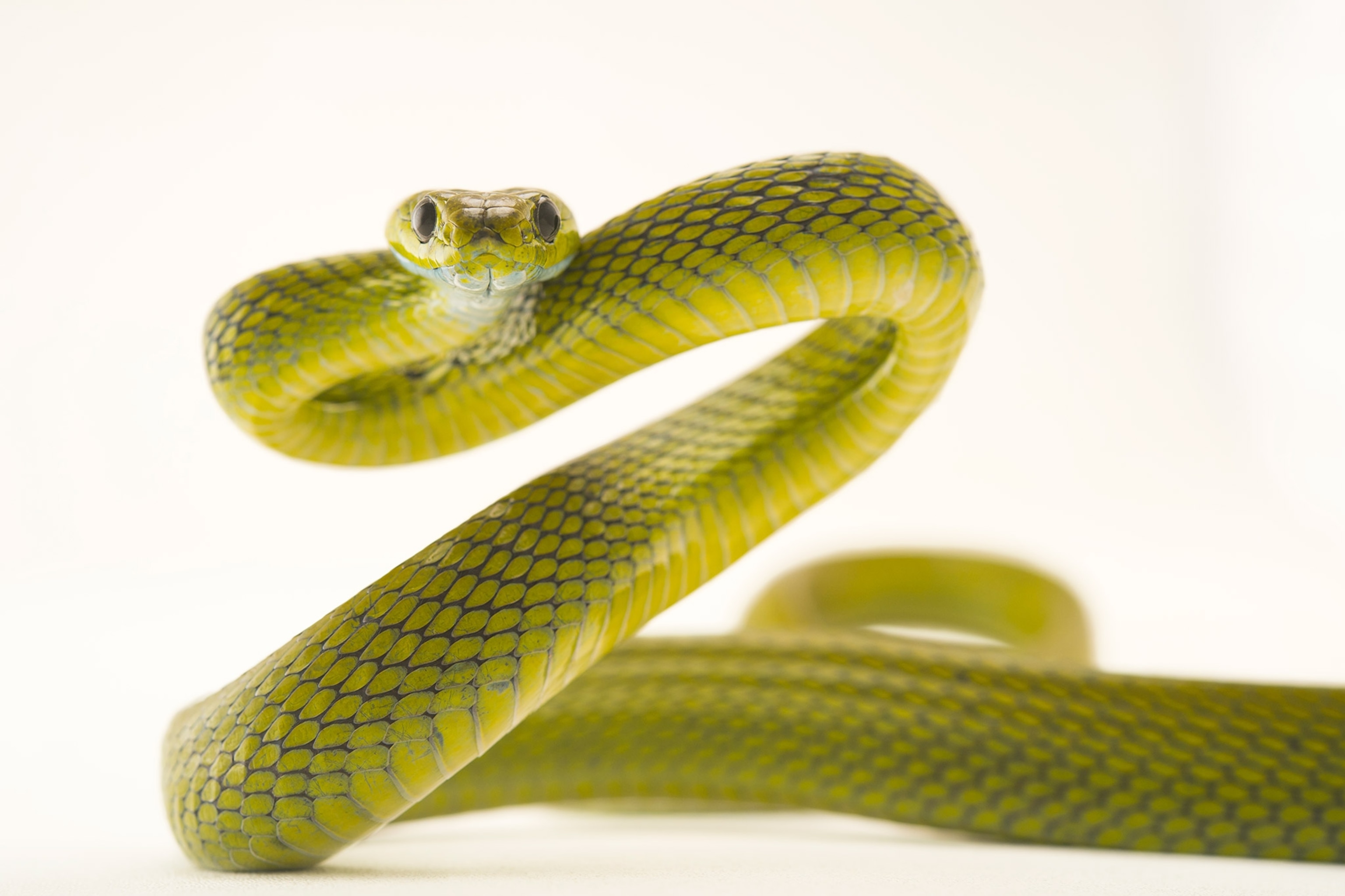
| Type | Number of Offsprings | Breeding Season |
|---|---|---|
| Pythons | 15 to 40 | Spring to early summer |
| Cobras | 20 to 50 | Spring to early summer |
| Rattlesnakes | 3 to 12 | Summer to early fall |
| Vipers | 4 to 12 | Late summer to early fall |
| Garter Snakes | 50 to 200 | Late spring to early summer |
Snakes generally lay eggs, however, some species of snakes give birth to live young. The number of offsprings and the breeding season differ from species to species. Here is a list of some of the most common species of snakes and the number of offsprings they produce, as well as the breeding season:
Mating
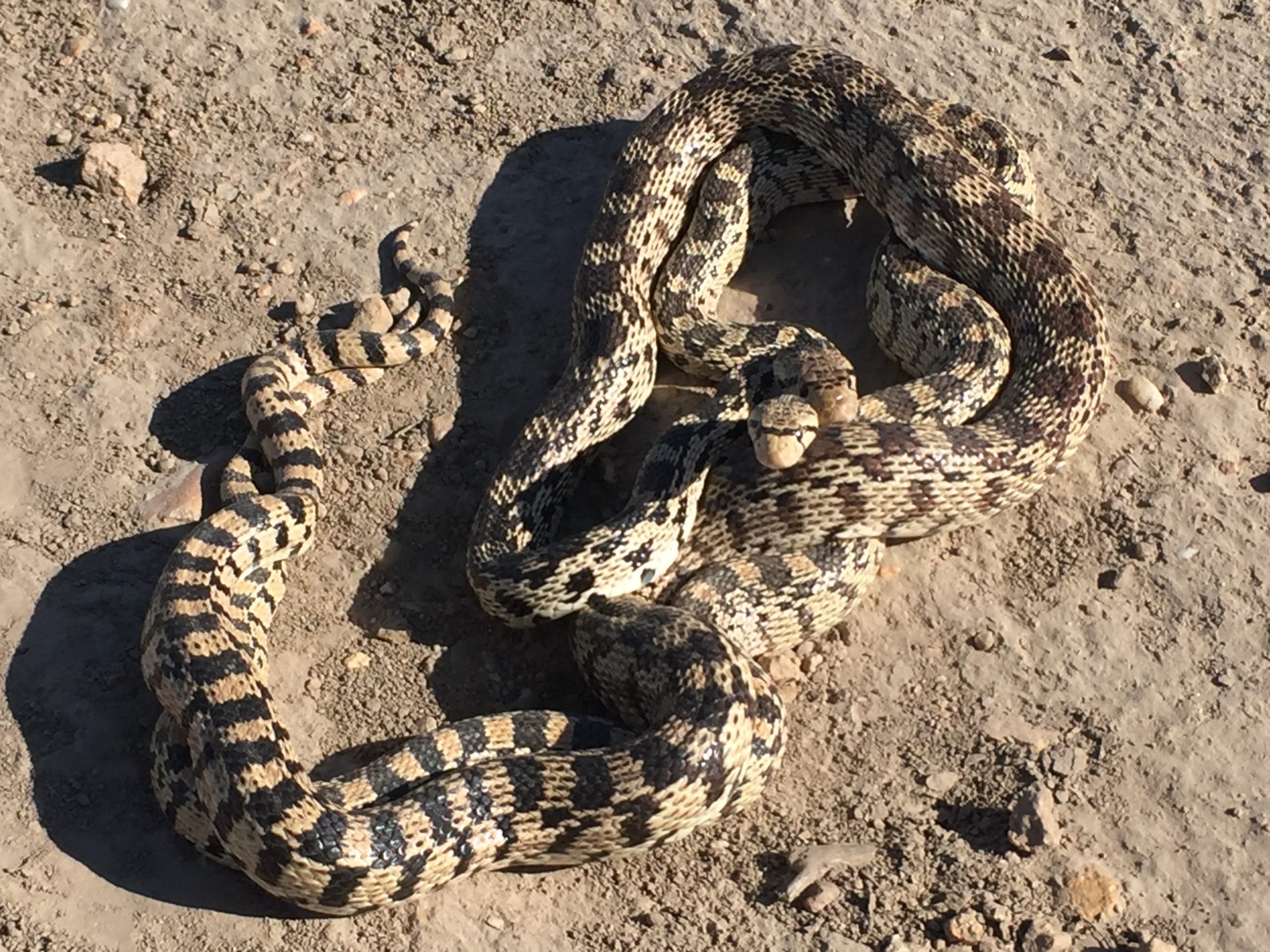
- Snakes begin mating when they reach the appropriate age and size.
- During mating season, males will seek out females, and vice versa.
- The mating process involves male snakes rubbing their chin against the female’s neck in order to signal their presence.
- If the female snake is receptive, the two may wrap their bodies together and the male will insert one of his two hemipenes into the female’s cloaca.
- The mating process can last for several hours and can occur multiple times during the mating season.
- Once mating is complete, the female will lay eggs or give birth to live young a few months later.
Egg Laying
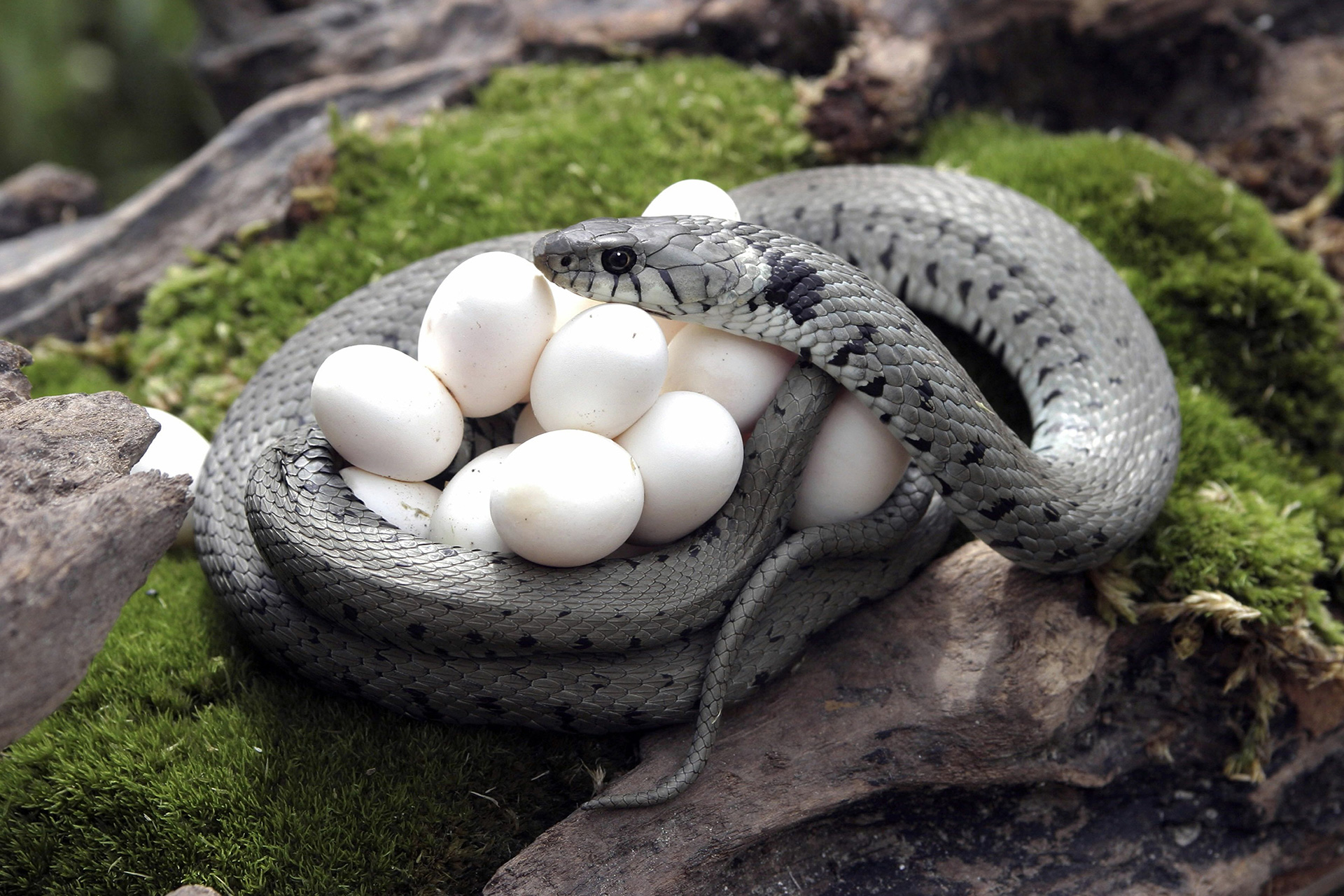
| Type | Description |
|---|---|
| Oviparous | Snakes lay eggs, which are soft and leathery. A female snake may lay up to 20 eggs in a single clutch. |
| Ovoviviparous | Snakes develop their eggs inside the female’s body until they hatch and the young snakes emerge. |
Snakes reproduce in two ways: egg laying and live birth. Oviparous snakes, or egg-laying snakes, lay eggs that are soft and leathery. A female snake may lay up to 20 eggs in a single clutch. The eggs, which are protected by a soft outer layer, are incubated and eventually hatch outside the female’s body.
Ovoviviparous snakes, on the other hand, are live-bearing snakes. These snakes develop their eggs inside the female’s body until they hatch and the young snakes emerge. This type of reproduction is more common in colder climates, as the eggs are kept warm inside the female’s body.
Baby Snakes
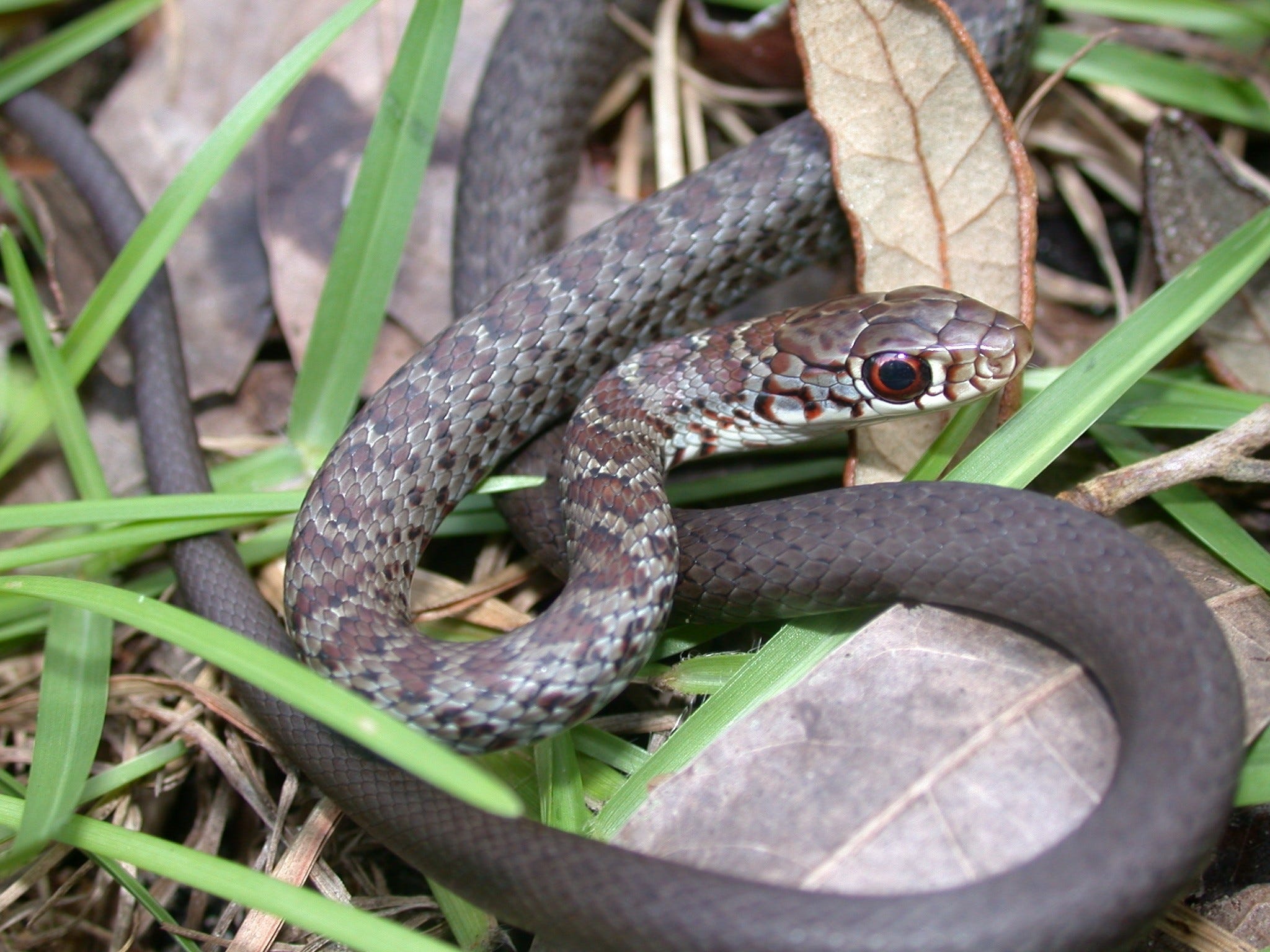
- Baby snakes, also known as neonates, are born live and fully independent.
- Most species of snakes lay eggs, but some species give birth to live young.
- Baby snakes are usually smaller than adults and are born with their own set of scales, eyes and fangs.
- They can hunt and forage for food on their own, and typically shed their skin for the first time within three weeks of birth.
- Baby snakes typically grow quickly and can reach full size within a year.
Live Birth

Snakes that give birth to live young are called ovoviviparous. In this type of reproduction, the eggs are retained within the mother’s body until the young are ready to be born. The eggs are nourished by a yolk sac and the mother provides additional nourishment and heat through a placenta. The young are born live and fully formed, although they are usually much smaller than their parents. Depending on the species, anywhere from one to one hundred young may be born at a time.
Egg Incubation
- Most snakes lay eggs and do not give birth to living young.
- The female snake will lay the eggs in a warm, humid environment.
- The eggs must be maintained in the appropriate temperature and humidity for successful incubation.
- The incubation period can vary depending on the species of snake, but typically lasts for two to three months.
- At the end of the incubation period, the baby snakes will hatch from the eggs.
Different Reproductive Methods
Snakes reproduce in several ways. The most common methods are oviparity, in which a female snake lays eggs, and viviparity, in which a female snake gives birth to live young. Some species of snakes utilize a combination of both methods, known as ovoviviparity.
Oviparity is the most common form of snake reproduction. The female snake lays clutches of eggs, which are then incubated by natural heat or artificially. The eggs then hatch into baby snakes.
Viviparous snakes give birth to live young. This is a rare form of reproduction among snakes and is found mainly within the family Boidae.
Ovoviviparity is a combination of the two aforementioned methods. The female snake retains the fertilized eggs within her body and gives birth to live young, which have developed from the eggs. This form of reproduction is found mainly among the Viperidae family.
Frequently Asked Questions
How Many Eggs Do Snakes Lay at One Time?
Snakes lay clutches of eggs, typically ranging from 3 to 12 eggs per clutch. The exact number of eggs depends on the species of the snake and the size of the female. After laying the eggs, the female snake leaves her eggs to incubate, and does not provide any parental care. The eggs usually hatch after a period of 6 to 10 weeks, depending on the species and the temperature.
Do all snakes lay eggs or are there some that give birth to live young?
Most snakes lay eggs, though some species, such as boas and vipers, give birth to live young. Boas and vipers carry the eggs inside their bodies, and when ready to give birth, the mother will contract her muscles and push the young out. The young are fully developed and independent upon birth. Some species of vipers will even protect and guard their young for a few days after they are born.
How long does it take for a snake egg to hatch?
Snake eggs typically take around 55 to 70 days to hatch, depending on the species and the temperatures they’re exposed to during incubation. Most species of snakes lay their eggs in warm, humid environments which helps to speed up the hatching process. Warmer temperatures will often lead to shorter incubation periods, while colder temperatures can cause the eggs to take longer to hatch. Once the eggs have hatched, the baby snakes are known as hatchlings and are usually independent and ready to take care of themselves right away.
Is there a difference in the reproductive cycles of different species of snakes?
Yes, there is a difference in the reproductive cycles of different species of snakes. Depending on the snake species, the season for mating and laying eggs can vary, as can the size and number of eggs laid. Some species of snakes mate in the spring, while others may mate in the fall. Some snakes lay eggs, while others give birth to live young. Furthermore, the length of gestation can vary from weeks to months, depending on the species.
Are there any special conditions that must be met in order for a snake to lay eggs?
Snakes lay eggs as their primary method of reproduction. For a snake to lay eggs, they must have access to a warm and humid environment to create the optimal conditions for successful hatching. Additionally, snakes need to be in good health and have a sufficient food source to support egg production. The female snake will typically lay between 6 and 20 eggs, depending on the species. The eggs are then incubated for an average of 2 months before hatching.
Conclusion
Snakes have a fascinating and complex reproductive cycle, involving multiple partners and a range of reproductive strategies. Male snakes use a variety of tactics to locate and court females, while females lay eggs or give birth to live young, depending on the species. As the environment changes, snakes can adjust their reproductive strategies to ensure their survival and propagate the species.
